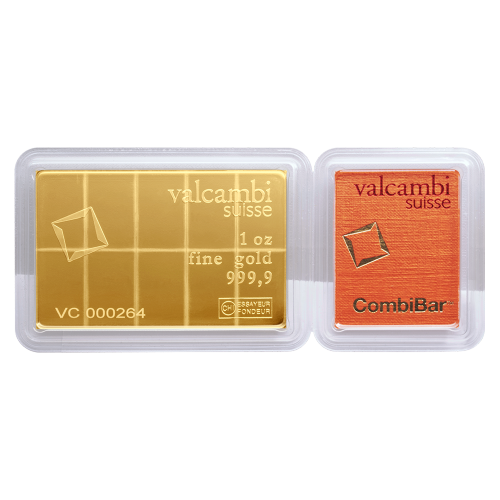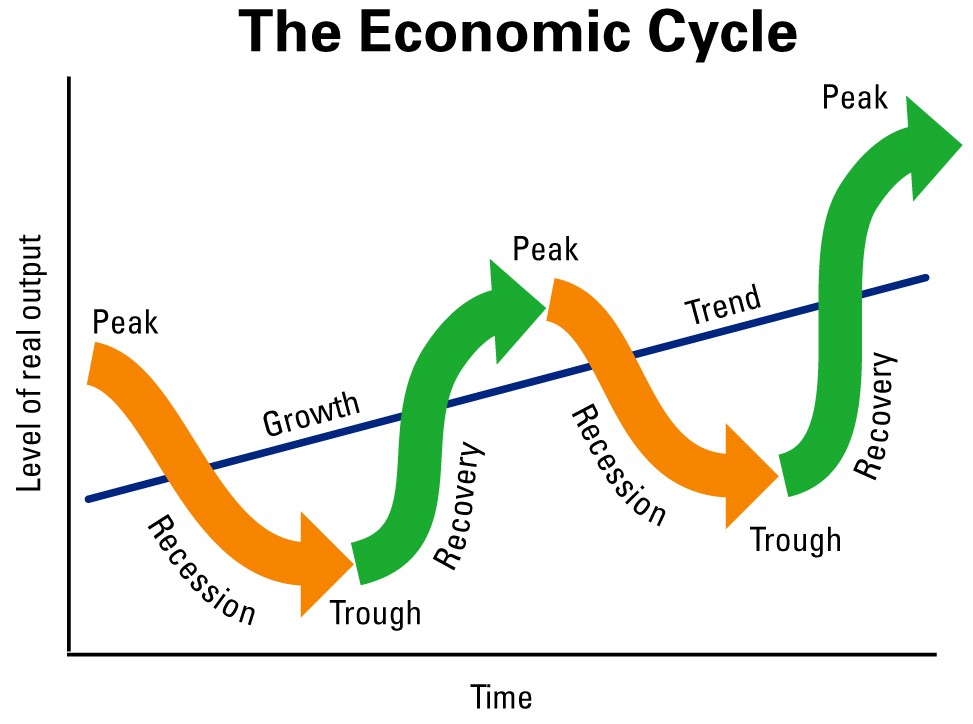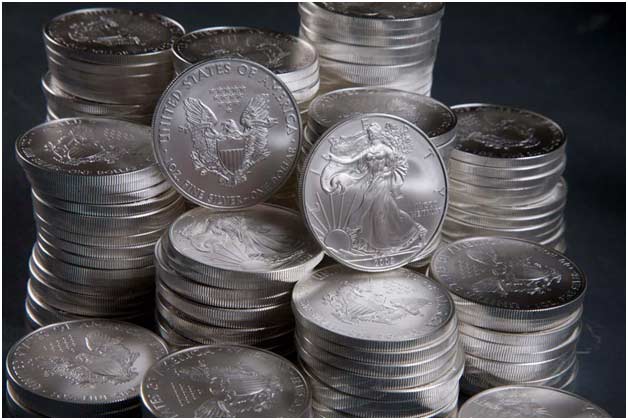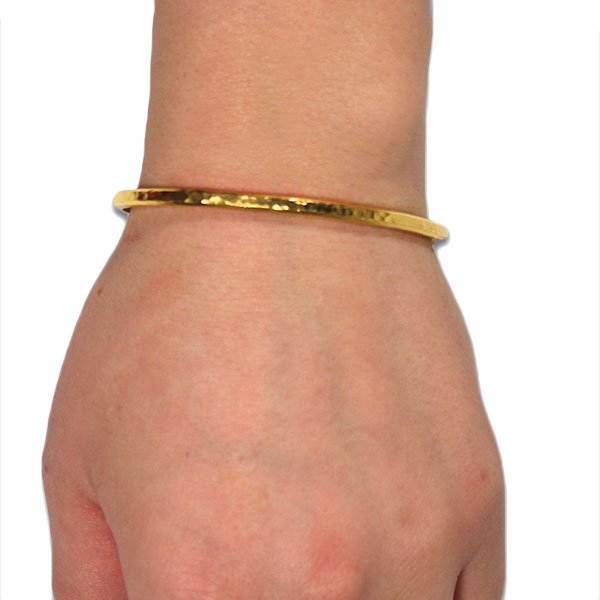Personal savings rates are at an all time low, according to recent reports. The majority of American families live paycheck to paycheck
It’s a good idea to keep three to six months worth of expenses in cash, preferably in a highly liquid form, in the event of a job loss or other significant financial emergency. The way most people have stored their rainy-day fund has been with a traditional savings account.
However, banks continue to pay some of the lowest yields. Nationally, the average yield for savings accounts is 0.52 percent APY, with the largest banks like Chase, Bank of America and Wells Fargo paying out the least amount of interest.
Interest rates and the price of gold often have an inverse relationship. Low interest rates don’t keep pace with inflation and the opportunity cost of holding gold bars is more attractive as a savings vehicle.

Silicon Valley Bank and the other banks that collapsed all faced short-term bank runs by customers before regulators stepped in and bailed out the failed management. Some analysts continue to predict that the problems in the banking sector will continue unfolding as the BRICS countries lay the foundation for a gold-backed reserve currency.
The recent implementation of the FedNow program by the Federal Reserve is intended to framework for the implementation of a Central Bank Digital Currency, which will allow the government to control how you spend your money.
The price of gold can increase significantly when there are concerns about the economy, inflation, or geopolitical unrest, which is one of the reasons it is seen as a “safe haven” asset where investors turn.
The value of cash continues to be eroded due to inflation and banks are offering lower than the rate of inflation. Keeping cash in the bank will likely cause your savings to continue to lose purchasing power.
The prices of everyday goods continue to climb, rent and mortgage payments are on the rise, and the price of gas and groceries have never been higher. Gold is a hedge against inflation.
Some savvy savers have found an alternative to keeping extra cash in the bank by storing wealth in the form of physical gold bullion.
The Fed has been hoping to hit the target inflation rate of 2%. Prior to Biden taking office, the inflation rate in 2020 averaged 1.2%.
Bullion is a physical asset that you can hold in your hand with no counter-party risk. Once you own bullion, you don’t depend on anyone else’s ability to pay, as you do with a bank savings account.
The price of precious metals are on the rise and the price of 1 oz gold bar continues being the benchmark by which many other commodities are measured.
For those who have difficulty saving money, adopting the practice of using precious metals can provide you with the discipline needed to build a larger savings. While bullion can be sold fairly easily, it may take more time than transferring money from a savings account.
Storing Gold Bars at Home
Storing gold bars at home is a practical idea to keep control of your investments. Having possession of your investment eliminates the need for recurring storage fees and provides you with direct control over your bullion.
Many precious metals investors also own firearms and adding precious metals to your gun safe is one of the most logical options.
Gun safes are specifically designed to be secure and tamper-resistant. Many are designed with compartments and shelving options and are built with thick, durable materials and equipped with heavy-duty locking mechanisms.
Having your bullion stored in a safe at home allows for immediate access to your assets and can be beneficial in emergencies or times when you want to quickly liquidate or utilize your precious metals.
Compared to third-party storage options, using a gun safe at home can be a cost-effective solution.





